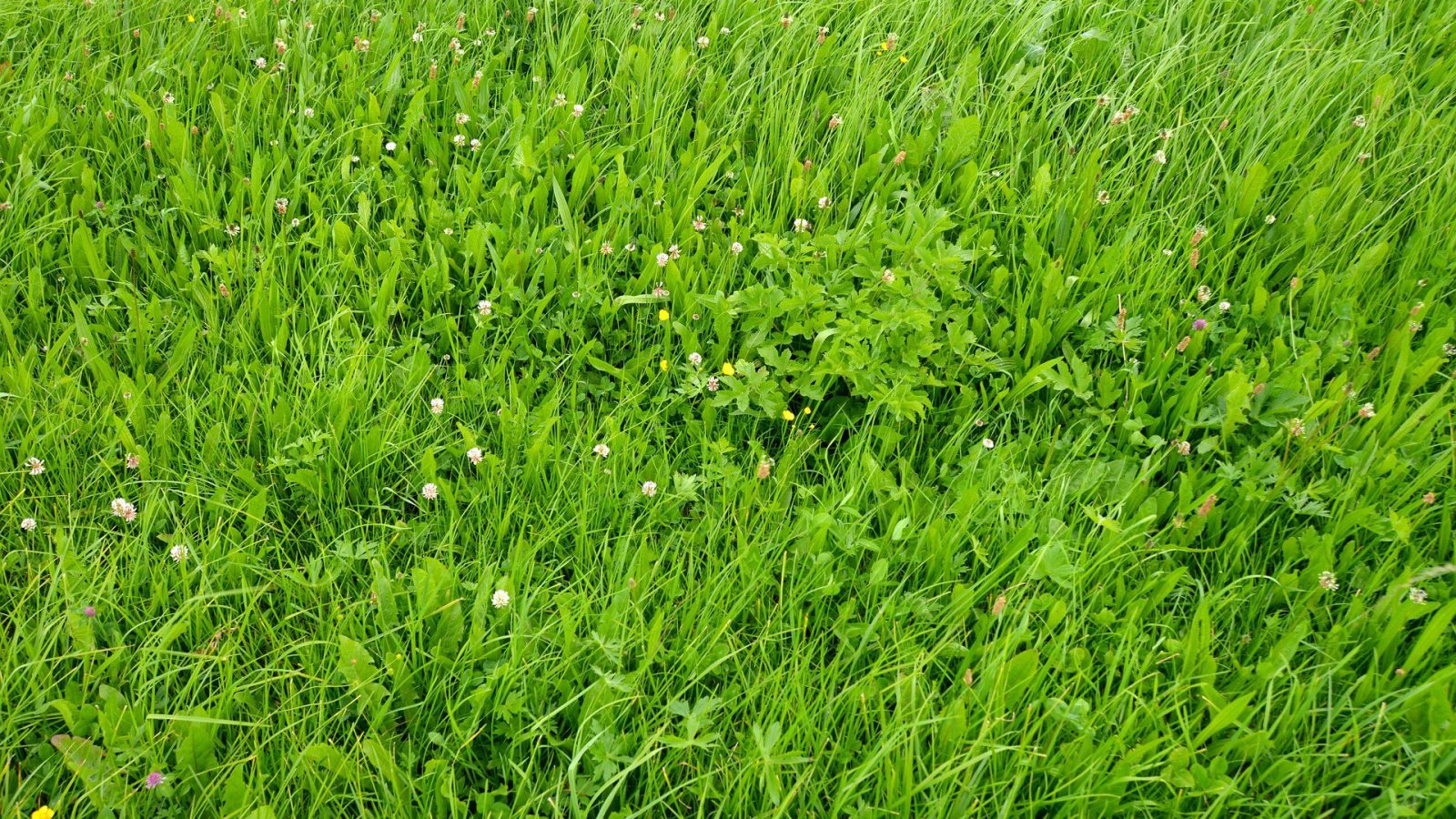Bijeenkomst: EGF2015 Auteur: Lazarev N.N. and Starodubtseva A.M. ISBN: 978-9090-289-61-8 Jaar van uitgifte: 2015 Producttype: Paper Productive longevity of different alfalfa varieties depends on soil fertility, weather conditions, intensity of use and disease incidence. The pasture-type alfalfa (Medicago varia Martyn.) variety Pastbischnaya 88 was tested for long-term persistence on well cultivated soils. In the 5th …
Productive longevity of different alfalfa varieties in the Central non-Chernozem regionRead More
